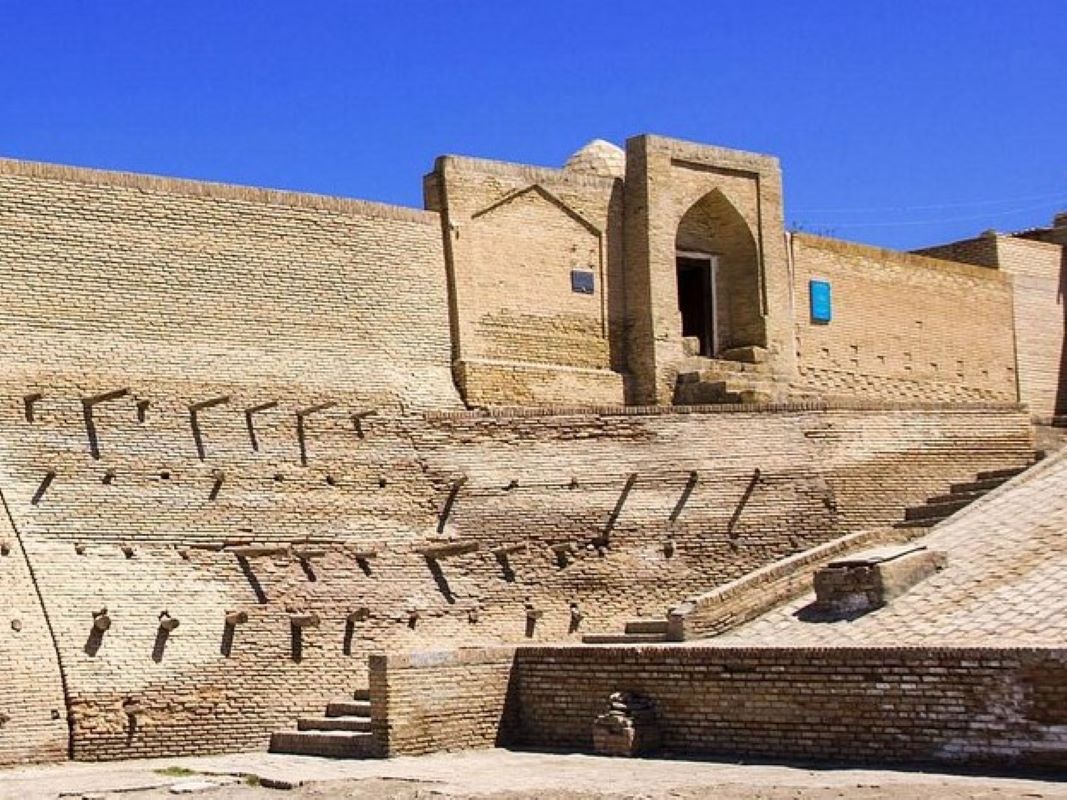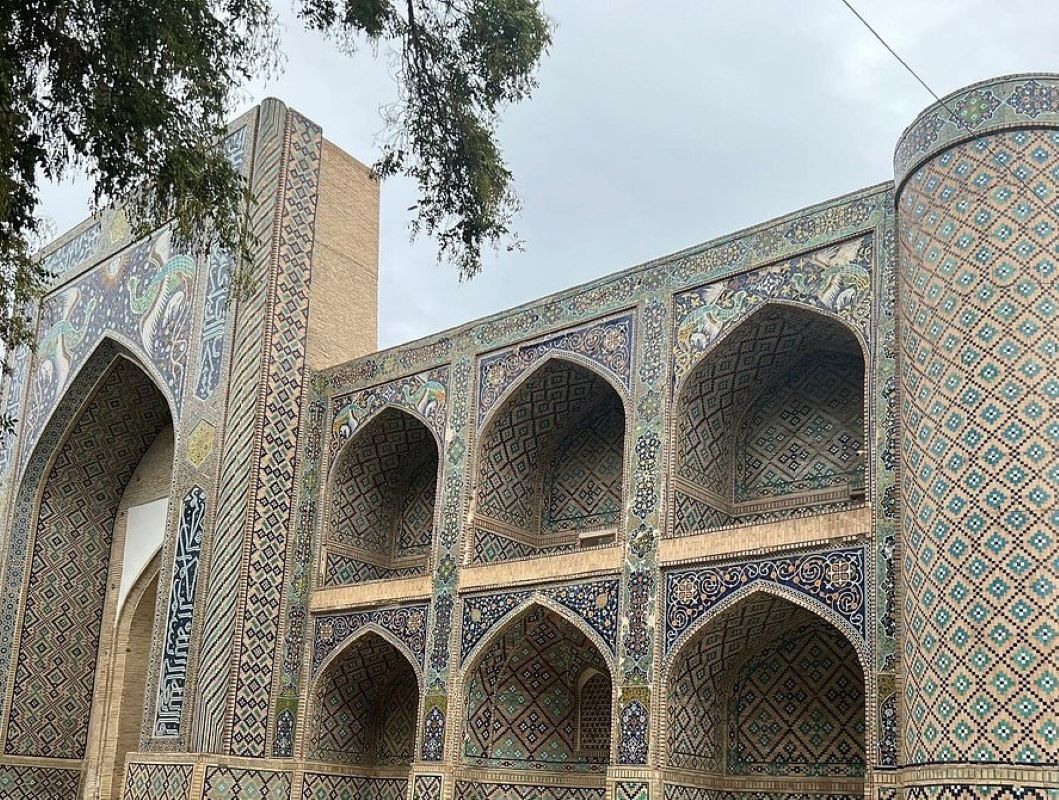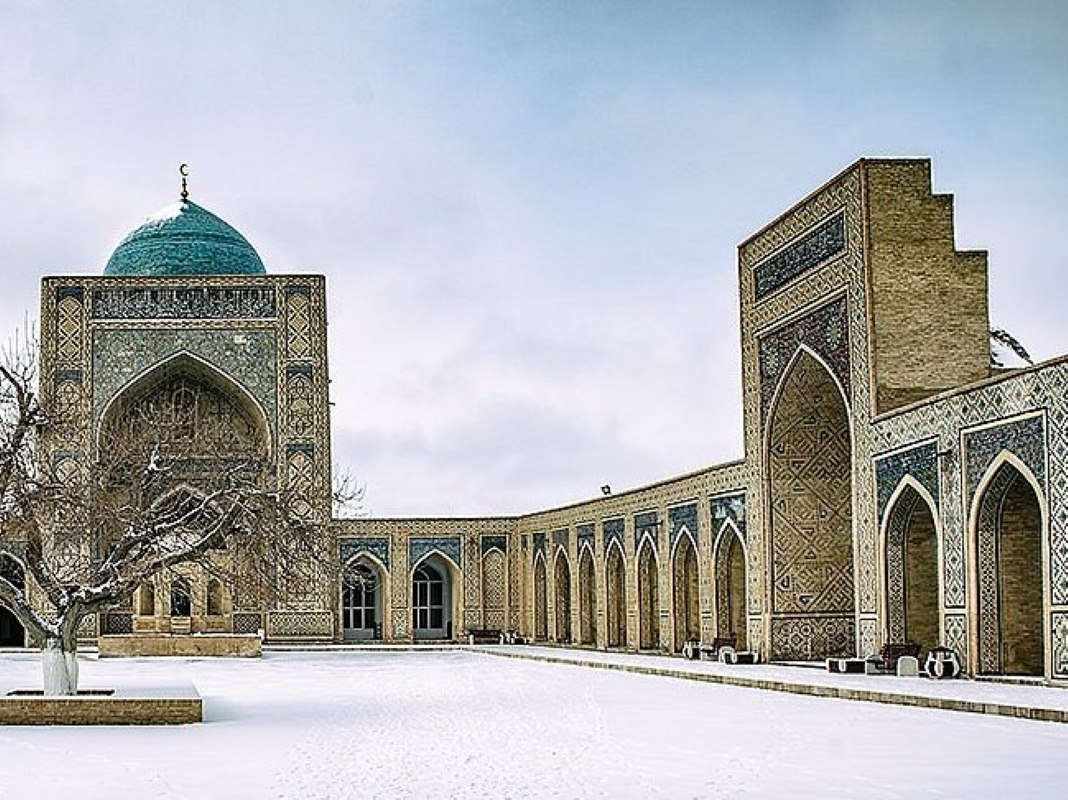The Zindan, or dungeon, is a haunting yet historically significant structure located in the heart of Bukhara, Uzbekistan. Built in the 9th century during the reign of the Samanid Empire, the Zindan served as a prison and detention center for centuries, bearing witness to the ebb and flow of power and politics in Central Asia.
Constructed by the Samanid rulers as part of their efforts to maintain law and order in their vast empire, the Zindan was designed to house political prisoners, criminals, and captives of war. Its thick walls, small cells, and lack of natural light made it a formidable and forbidding place, instilling fear in those who found themselves confined within its confines.
Over the centuries, the Zindan played a central role in Bukhara’s tumultuous history, witnessing countless acts of intrigue, rebellion, and resistance. Prisoners from all walks of life, including poets, scholars, and political dissidents, were held captive within its walls, their stories woven into the fabric of Bukhara’s cultural heritage.T
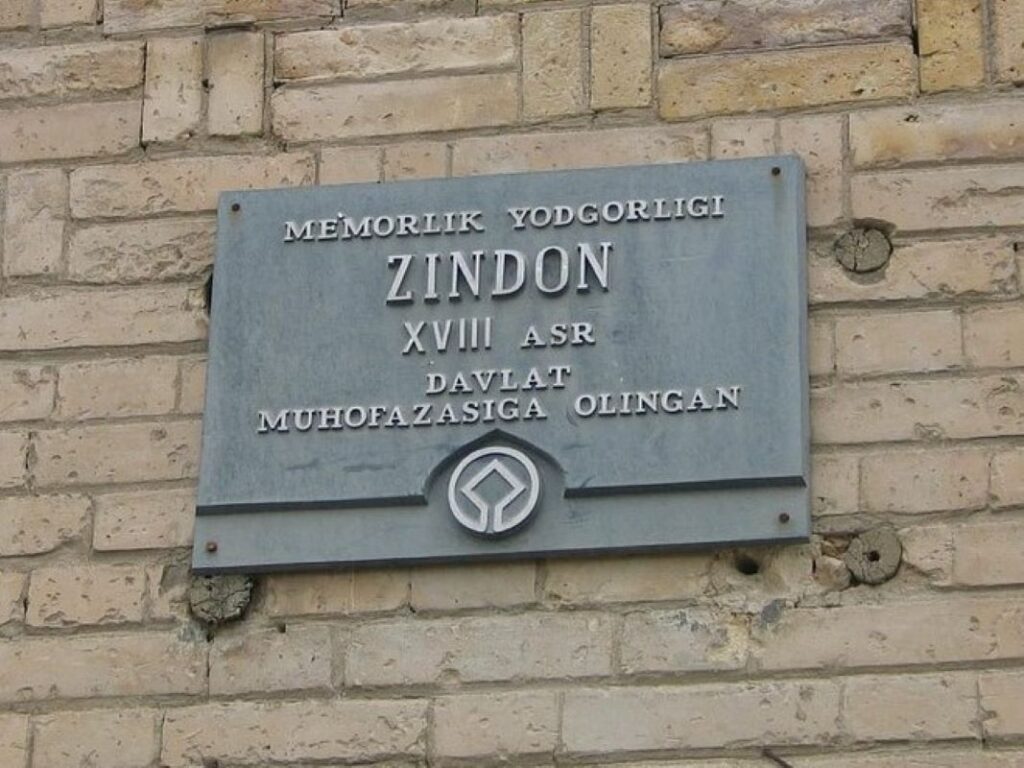
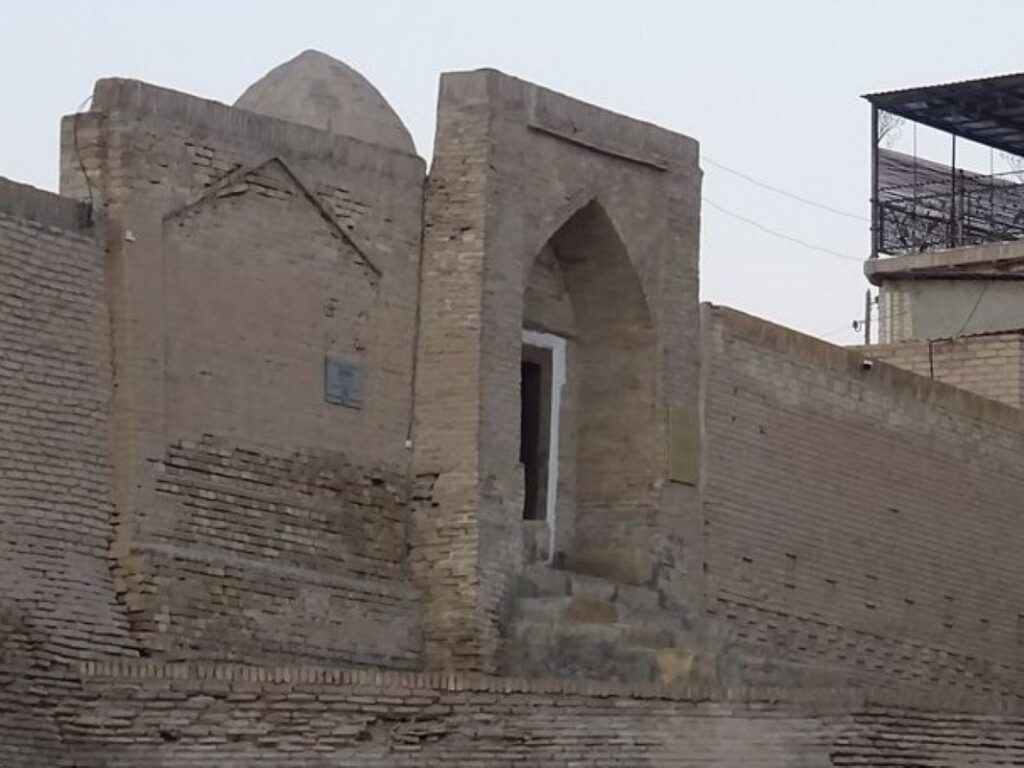
Today, the Zindan stands as a poignant reminder of Bukhara’s past and the human cost of power and oppression. While the dungeon itself may evoke a sense of unease and solemnity, it also serves as a powerful educational and historical site for tourists.
Visitors to the Zindan can explore its labyrinthine corridors, dank cells, and stark chambers, gaining insights into the harsh realities of life in medieval Central Asia. Guided tours offer narratives of the dungeon’s history and significance, shedding light on the stories of those who were imprisoned within its walls.
Despite its somber atmosphere, the Zindan remains a compelling destination for tourists seeking to delve into Bukhara’s rich and complex past. By bearing witness to the trials and tribulations of those who were incarcerated within its walls, visitors can gain a deeper appreciation for the resilience and spirit of the people of Bukhara throughout the ages.

